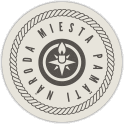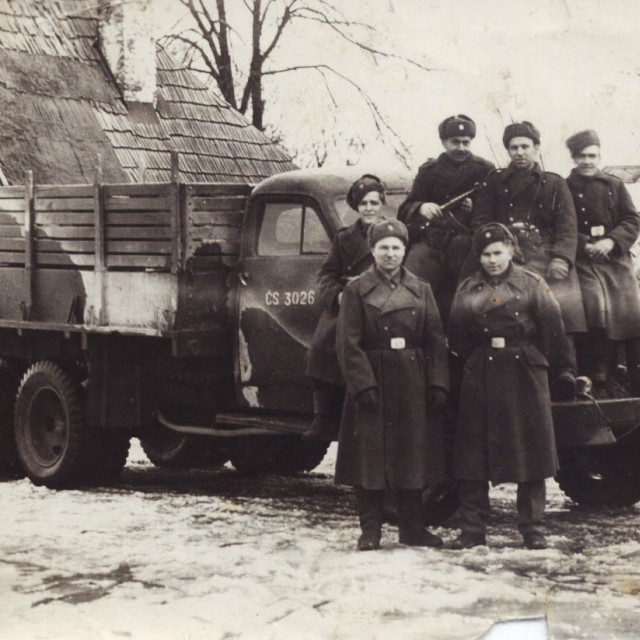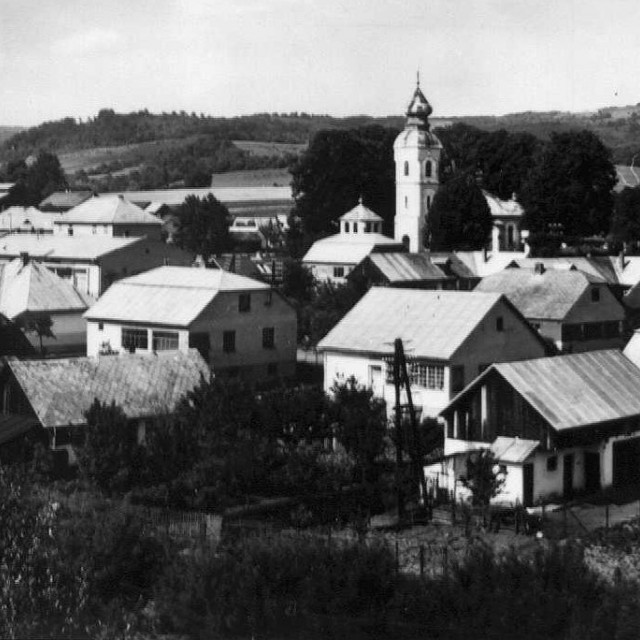The Habura-Čertyžné uprising
During the era of the First Republic a Communist senator, originally a contractor, Štěfan Fidlík, had success with his political agitation in Habura and a nearby village of Čertyžné. Many young men from the village supported the Communists, their revolutionary ideology, along with their mottos on overthrowing the bourgeois, capitalist, and exploitative class. The combative and even revolutionary mood of the locals, in combination with the presence of a state executor in the village, and a political meeting of the Agrarian party provoked a one-day battle with the local police and politicians. It happened in March 1935. Pavel Dimun, a war veteran, recounts that a poor farmer lived in Čertyžné who owed state taxes from his land. He owned one last cow which was keeping his family alive. No authority which he turned to helped him. On the contrary, a state executor arrived in the village and confiscated the farmer’s cow in front of the locals. At that same moment a meeting of the Agrarian party was taking place in the village. In the local auditorium, where everyone was fuming with anger, someone had turned the lights off and the farmers started to beat the politicians without mercy, Pavel Dimun recollects. Apparently they beat up the executor too. The police which had managed to mobilize its forces intervened – the young men from Čertyžná were dispersed with batons and some of them were locked up in the local school building. When the young men from Habura learned about this, they were possessed by rage and set out to help their neighbours. Pavel Dimun was among the raging young men. The fight turned into an uprising, and the young men cut off the police from its means of communication. They managed to set free the imprisoned young men from Čertyžná. In the end, backup arrived to help the local police and even units from Prague got there. The rebellious young men were dispersed, and many of them arrested, including Pavel Dimun. “They made us stand in a circle and started to ask us where we were, what we were doing?! I said that I didn’t know anything, that I wasn’t there. So they beat us up so bad, we had to own up. There were about fifteen of us. In the evening they tied us up and took us to a prison”, recounts Pavel Dimun who was held in a cell in Košice for two months. Then he signed up for military service, so he was set free.
Hodnocení
Hodnotilo 0 lidí
Trasy
Príbeh nie je súčasťou žiadnej trasy.
Komentáre
Neexistujú žiadne komentáre k príbehu.




